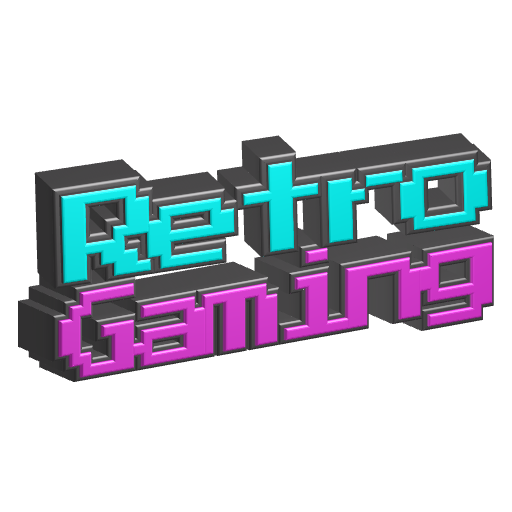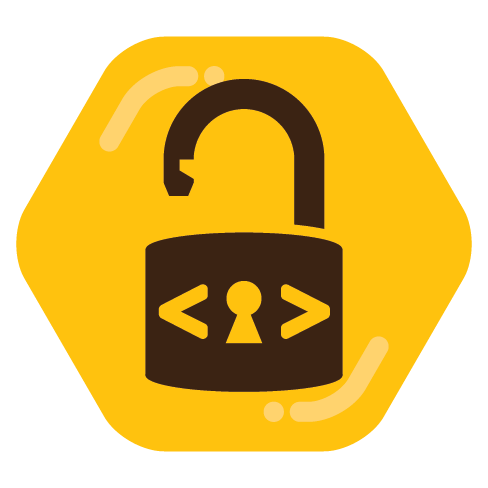

The A button is already the largest button so it had to be stopped


The A button is already the largest button so it had to be stopped


Lmfao I actually wrote that by hand but it does kinda look AI generated


Short answer: Neural Networks and other “machine learning” technologies are inspired by the brain but are focused on taking advantage of what computers are good at. Simulating actual neurons is possible but not something computers are good at so it will be slow and resource intensive.
Long Answer:
I just looked it up and the $40 T-Mobile prepaid plan has a 10GB data limit. Tbh that’s probably plenty for most people, but it’s not unlimited. Their $50/mo option is unlimited, with caveats (such as throttling once you’ve used too much data).
They are going to monitor your traffic and throttle based on estimated video streaming speed on any of their plans.
Still pretty good compared to ATT and Verizon. Unfortunately I’m stuck with the provider I’m using since they seem to be the only one with good cover wage in my area.
What provider are you using? Both AT&T and Verizon are on the order of $80/mo for an individual, down to like $30/person/mo for a family of 5.


Using ProtonVPN probably isn’t doing what you want it to do, since the port they will give you is random, but for your website you will want ports 80 and 443 exposed.
CloudFlare will hide your IP will properly forwarding traffic (and other benefits, like caching images on their CDN, if you want them). Also their free tier is more than enough for something like this.


Using ProtonVPN probably isn’t doing what you want it to do, since the port they will give you is random, but for your website you will want ports 80 and 443 exposed.
CloudFlare will hide your IP will properly forwarding traffic (and other benefits, like caching images on their CDN, if you want them). Also their free tier is more than enough for something like this.
The way you recover data from a totally dead drive is use a program that scans every byte and looks for structures in the data that look like files e.g. a jpeg will have a header followed by some blocks of content. In an encrypted drive everything looks like random data.
Even if you have the key, you can’t begin searching through the data until it’s decrypted, and the kind of error that makes it so your drive won’t mount normally is likely to get in the way of decrypting normally as well.


I would love to play Infinity Blade again


This is the other side of OSS. As long as the clones share their source code too, this is completely legal.
Tbh if you aren’t already using someone else’s array implementation that includes length information, just write your own simple wrapper e.g.
struct MyArrayWrapper { int *data; int length; }


No but Apple Music will identify tracks that you have added from your own collection, and on other devices will download their version instead of the file you supposedly uploaded, even if your original version was higher quality.


The technique you linked is, even at a couple years old, a pretty cutting-edge technique. You aren’t going to find it or something similar in any video editing software. Maybe someone’s made a plugin for one if you are lucky.
However, there are a lot of free tools that make it easy to split or rejoin audio and video, and convert it between different formats.
Id recommend:


My photo library is like 300GB (although I suppose I take a significant amount of video). I also have 30GB of downloaded music. 128GB is really not enough.


Say I’m doing what you describe, operating on the same data with different functions, if written properly couldn’t a program do this even without a class structure to it? 🤔
Yeah thats kinda where the first object oriented programming came from. In C (which doesn’t have classes) you define a struct (an arrangement of data in memory, kinda like a named tuple in Python), and then you write functions to manipulate those structs.
For example, multiplying two complex vectors might look like:
ComplexVectorMultiply(myVectorA, myVectorB, &myOutputVector, length);
Programmers decided it would be a lot more readable if you could write code that looked like:
myOutputVector = myVectorA.multiply(myVectorB);
Or even just;
myOutputVector = myVectorA * myVectorB;
(This last iteration is an example of “operator overloading”).
So yes, you can work entirely without classes, and that’s kinda how classes work under the hood. Fundamentally object oriented programming is just an organizational tool to help you write more readable and more concise code.


To add to this, there are kinda two main use cases for OOP. One is simply organizing your code by having a bunch of operations that could be performed on the same data be expressed as an object with different functions you could apply.
The other use case is when you have two different data types where it makes sense to perform the same operation but with slight differences in behavior.
For example, if you have a “real number” data type and a “complex number” data type, you could write classes for these data types that support basic arithmetic operations defined by a “numeric” superclass, and then write a matrix class that works for either data type automatically.


Connect the iPad to the computer. In Finder select the iPad under “locations”. Select “Music”. Configure what to Sync, and then click “Sync”.
Alternatively, depending on your use case, it might be easier to simply use VLC and the Files app on the iPad.


If you can’t run the game you want to play locally, you might be able to run it on GFN and stream it instead.
If you have a reasonably powerful computer and the games you play work on Linux, you are much better off just running the games locally.
This will be useful if you are trying to let multiple people share your computer remotely. If you are trying to set up personal game streaming for one client at a time, try Moonlight and Sunshine (more mature, easier to setup, works on any hardware).